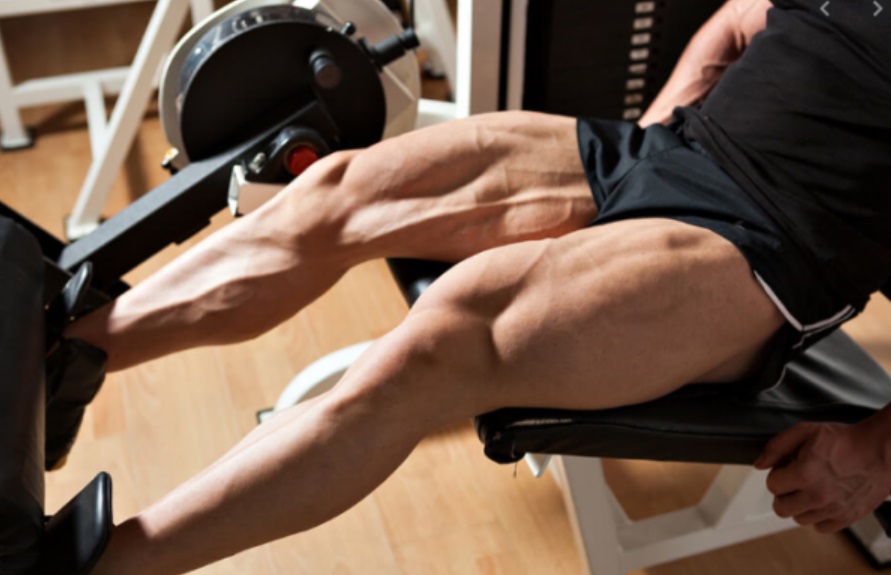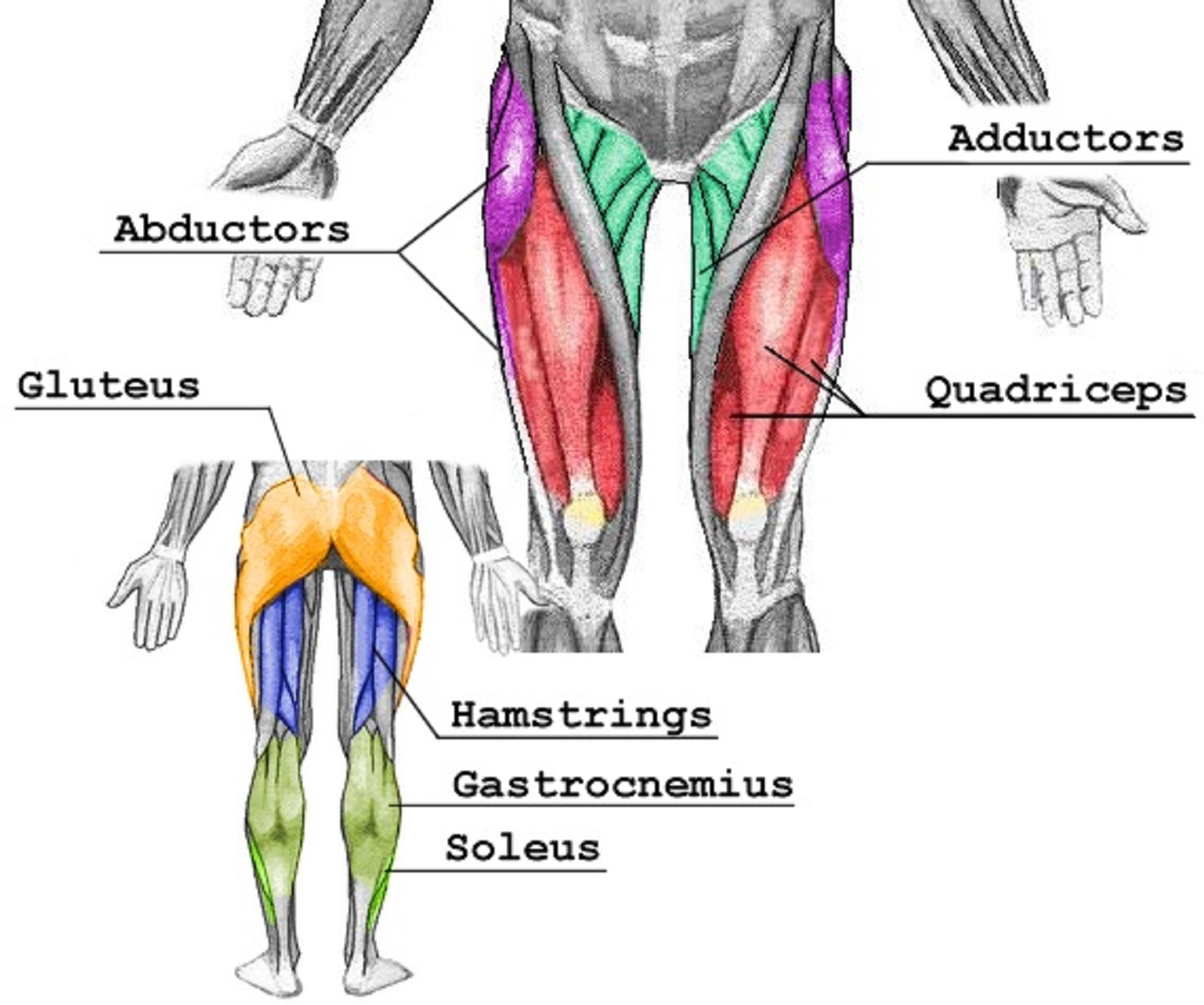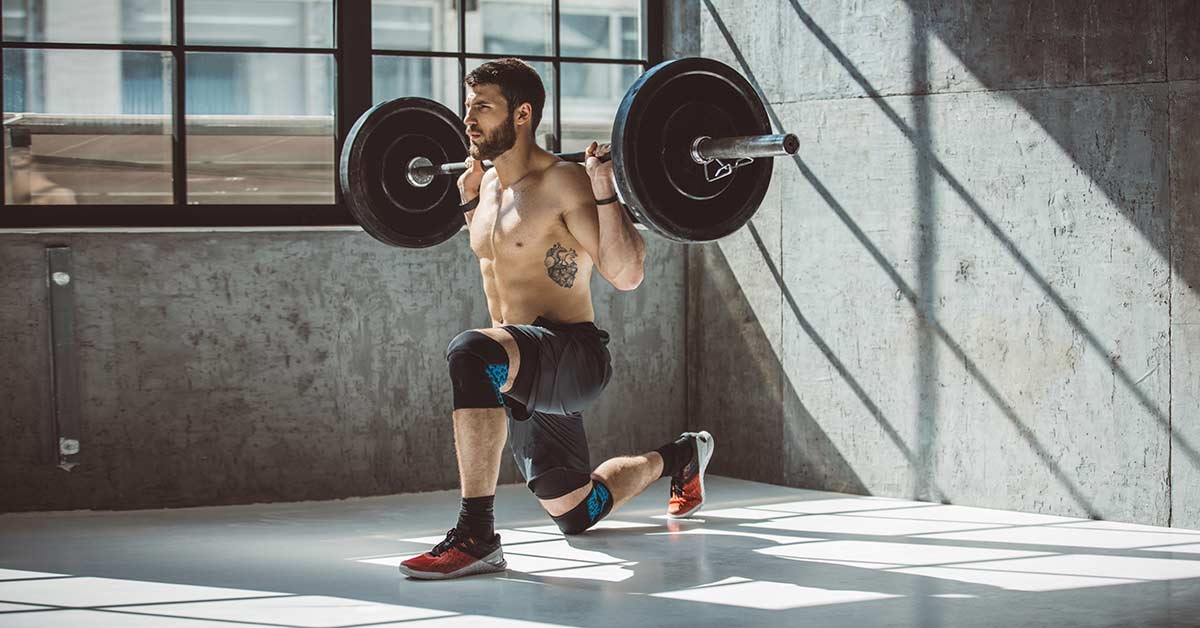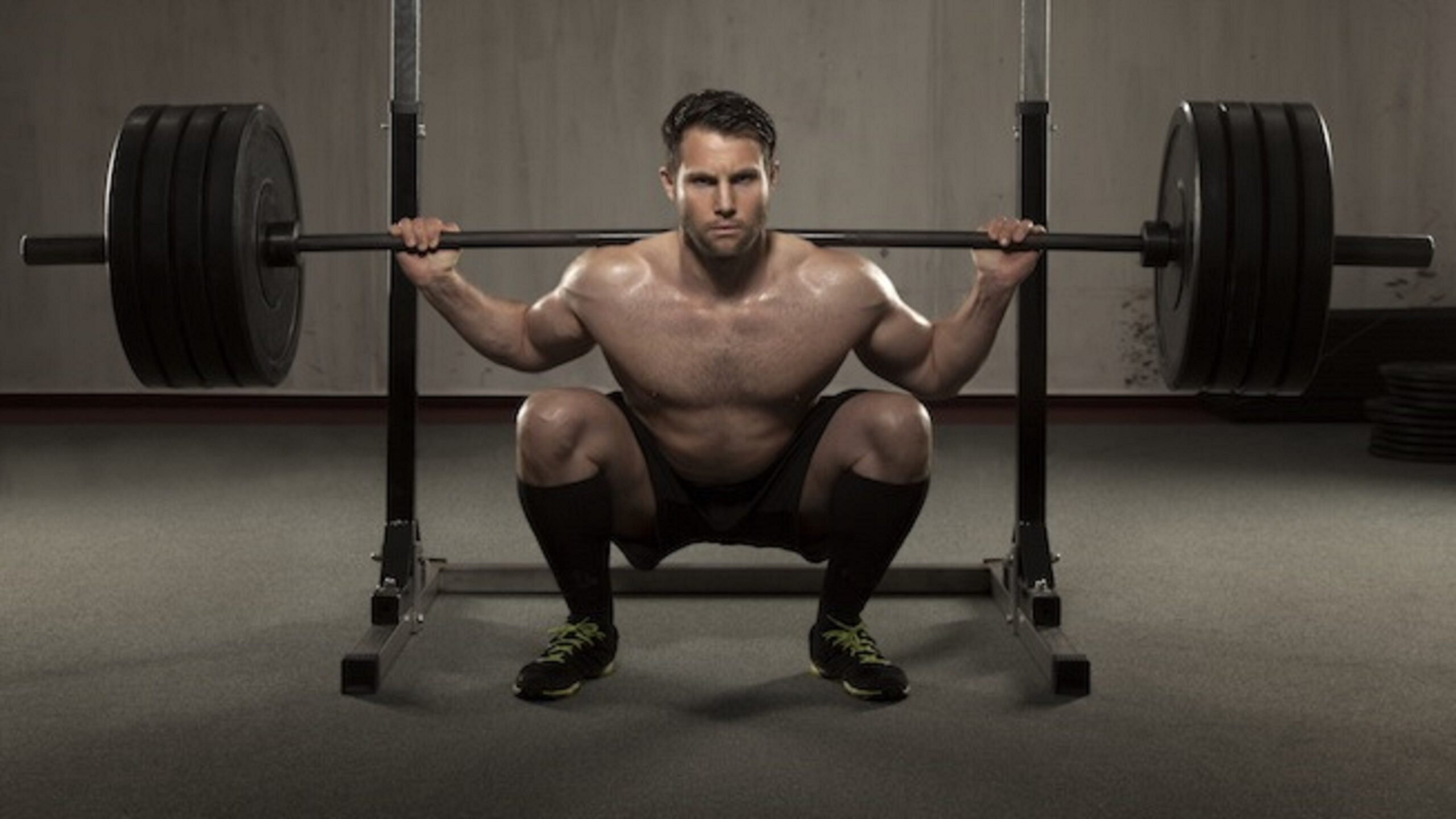- Leg Day is not just a workout; it’s a strategic and formidable session dedicated to sculpting powerful, resilient legs and pushing the boundaries of physical and mental endurance.
- Beyond the physical exertion, Leg Day in the PPL routine underscores the importance of the mind-muscle connection. It’s a journey where each repetition becomes an opportunity to not only engage the body but also strengthen the mental resolve, amplifying the effectiveness of the entire workout.
- Alright, let’s dive into what can only be described as the most grueling leg workout for a PPL (Push, Pull, Legs) split. Brace yourself because if you make it through this, your legs will never be the same.
- However, let’s be realistic – more than likely, you’ll find yourself halfway through, patting yourself on the back, and contemplating an early exit.
Navigating Consistency and Dispelling Stigmas in Equipment Usage
- In anticipation of exploring new equipment and potentially making some life-changing fitness choices, today’s workout won’t feature these additions for two primary reasons.
- Firstly, the focus is on maintaining consistency and accessibility. The push-pull routine utilized is designed with minimal equipment, ensuring adaptability in different environments. This makes it suitable for people across various settings, including those residing in less spacious accommodations.
- Secondly, certain machines, like the leg extension, still carry a cloud of negativity. While it might be exciting to use them on leg day, there is the need to address the stigma surrounding their usage.

- If available, one could start every leg day with the leg extension, emphasizing the correct techniques to dissipate any reservations. Many machines and exercises criticized by those emphasizing “no pain, no gain” for leg development are, in fact, valuable additions to a well-rounded routine.
- Our workout today is strategically designed to target specific parts of the legs initially, integrating additional muscle groups as we progress.
- This focused approach ensures a thorough workout before concluding with exercises that might be considered unconventional by some but are nonetheless effective.
- We’re kicking off with static lunges, a personal favorite that can be performed regardless of available equipment.
Static Lunge: Understanding Muscle Engagement and Avoiding Pitfalls
- The static lunge emerges as a powerhouse exercise, placing a predominant emphasis on key muscle groups such as the quadriceps, hamstrings, and glutes. As the body descends into the lunge position, these muscle groups come to life, working harmoniously to stabilize the movement and create a well-rounded lower-body workout.
- The quadriceps, located at the front of the thighs, play a pivotal role in extending the knee during the downward phase of the lunge.
- Simultaneously, the hamstrings, positioned at the back of the thighs, engage to control the descent and contribute to knee flexion. The glutes, comprising the muscles of the buttocks, activate to provide essential support and power throughout the entire lunge motion.

- Beyond the primary muscle engagement, the static lunge also calls upon the core muscles. This includes the abdominal muscles, obliques, and lower back, which work collectively to maintain balance and stability. The core’s involvement not only adds an extra layer to the workout but also contributes to building a robust foundation for overall strength and functionality.
- Static lunges are a highly effective exercise for targeting and intensifying the workout on your quadriceps, aiming to pump a significant amount of blood into the muscles and trigger substantial discomfort – a sure sign of their efficacy.
- However, it’s important to be mindful of two key pitfalls that can compromise the benefits of static lunges.
- One way this issue can manifest is through a lack of depth in your movements, essentially taking shortcuts and allowing yourself to rest at the top of each repetition. If you’re aware of this tendency in your workout, consider switching to a barbell.
- The use of a barbell can restrict the range of motion, compelling you to concentrate on maintaining intensity throughout the exercise. This adjustment helps counteract the temptation to cut corners and ensures a more rigorous and effective workout.
- The second pitfall is putting too much pressure on the back leg. Ensure you tilt slightly forward, allowing the working leg to do the majority of the work.

- Some may suggest doing split squats, but the drawback there is that once you fail, you’re done. With static lunges, you can recruit the back leg a bit more, pushing the working leg beyond failure.
Step-Up Challenge: Ascending to New Levels of Strength and Resilience
- With your quads feeling the burn, let’s intensify the heat with an underrated yet phenomenal exercise – the step-ups.
- Don’t even think about switching back and forth; here, we’re not merely interested in elevating your heart rate; we’re here to push the boundaries of your endurance and strength. Stick to one leg, push it to failure, then switch.
- The goal here is not just to complete a set number of repetitions but to push each leg to failure. Feel the burn, embrace the discomfort, and then, when it seems insurmountable, switch to the other leg.
- Irrespective of the height of the bench or box you choose, the key lies in the deliberate exaggeration of the stretch. As you ascend, allow that trailing leg to drop, accentuating the stretch and enhancing the overall range of motion.

- Maintaining constant tension throughout the exercise is non-negotiable. Avoid the temptation of a full lockout at the top of the movement. Instead, keep the tension alive by stopping just short of a complete extension.
- With each step up, you’re not just ascending a platform; you’re ascending to a new level of strength, resilience, and a burning determination to defy your expectations.
Low Bar Squats and Walking Lunges:
- Now, let’s shift our attention southward with a challenging sequence of three high-repetition sets of low-bar squats. Given that your quadriceps is likely fatigued from previous exercises, it’s reasonable not to anticipate significant contribution from them in this phase.
- Instead, concentrate on positioning yourself at the bottom of the squat, directing the effort towards your glutes, and engaging your hamstrings to execute the upward phase.

- As your quads are already feeling the burn, this portion of the workout shifts the emphasis toward the posterior chain.
- By focusing on sitting deeply into the squat and driving the force through your glutes, you activate these powerful muscles to a greater extent.
- The contraction of the hamstrings becomes pivotal as you pull yourself back up from the squat position, adding an extra layer of intensity to the exercise.
- This strategic shift in emphasis not only ensures a well-rounded lower body workout but also allows you to maximize the benefits of the low bar squat, targeting different muscle groups in synergy.
- By concentrating on the posterior chain, you’re not only giving your quads a bit of a reprieve but also diversifying the muscular stimulus for overall lower body development.
- And just as you start to feel the fatigue settling in, we’re intensifying the challenge by incorporating walking lunges, all while still holding the same weight. Given that your quads are already in a state of exhaustion, resorting to cheating won’t offer any respite.

- In this segment, there’s no predetermined number of repetitions to achieve. Instead, the goal is to push yourself to failure, waving the white flag when your muscles can no longer sustain the effort.
- It’s a test of endurance and determination, requiring you to embrace the discomfort and acknowledge that, although you may not feel great about it at the moment, reaching the point of muscular fatigue is a testament to the intensity and effectiveness of the workout.
Leg Day Odyssey: Conquering the Quads and Beyond
- As we reach the tail end of this grueling leg day, ensuring no muscle is left unscathed, we have two final exercises to push you to the brink. The first is the often-overlooked but highly effective dumbbell stiff-legged deadlift.
- Here’s the deal – it’s all about pushing that stretch while maintaining a flat back. Feel free to let those dumbbells drift out in front of your feet for an increased range of motion.
- As you contract upward, stop three-quarters of the way – this prevents any unwanted strain on your lower back, ensuring it doesn’t decide today is not the day to cooperate.
- And now, the grand finale: unilateral calf work with a weight plate. Why? Because the angle at which you can track that calf matters. This exercise not only targets your calves but also engages the anterior tibialis, throwing an additional challenge into the mix.









